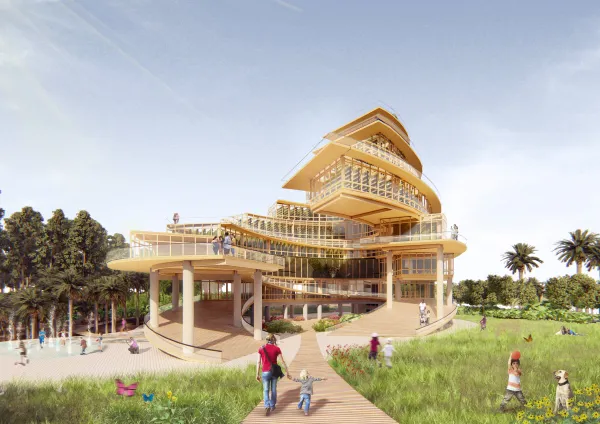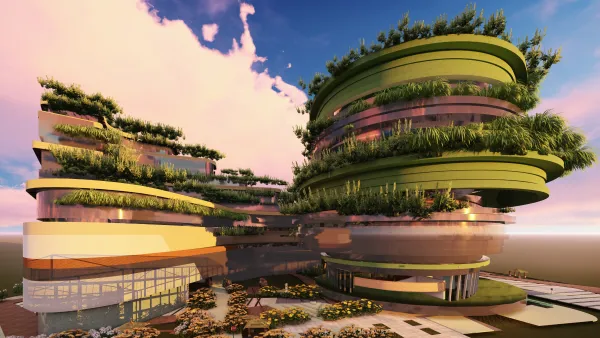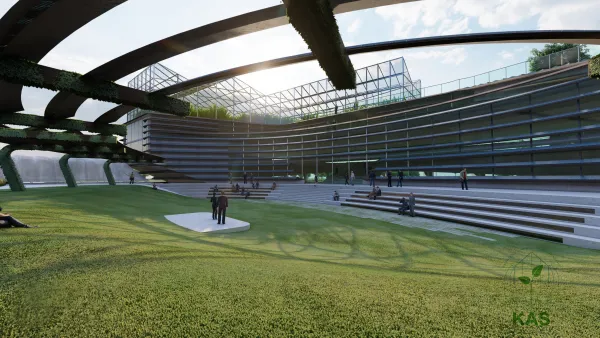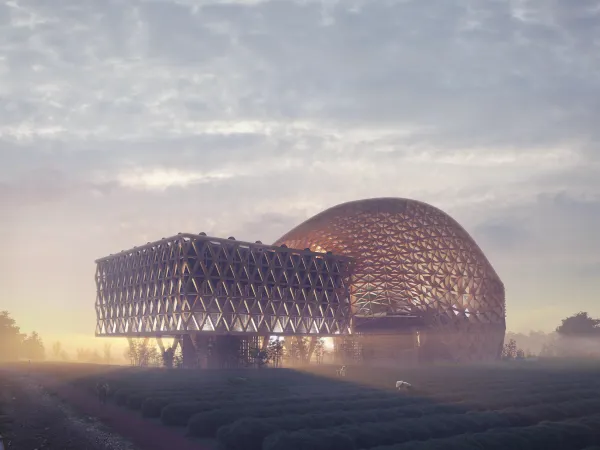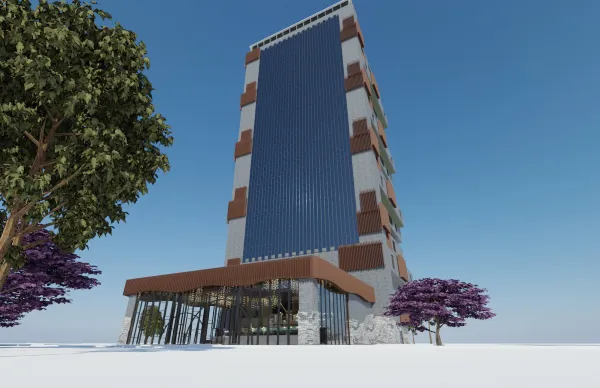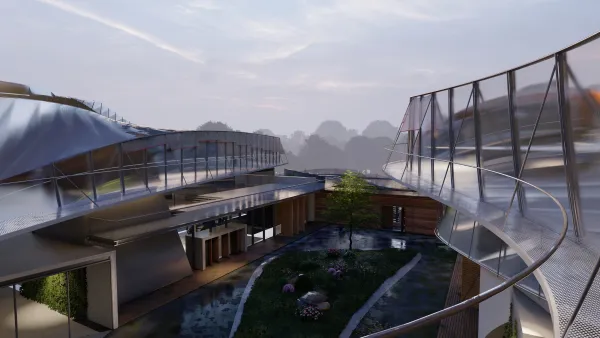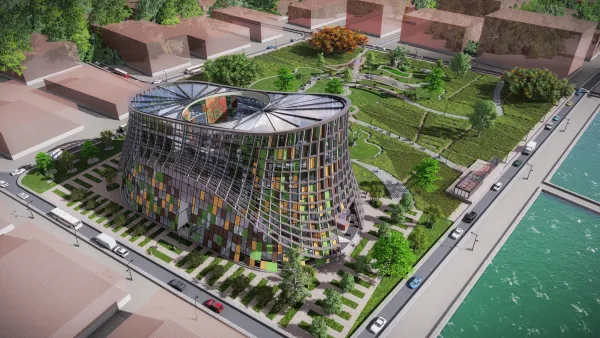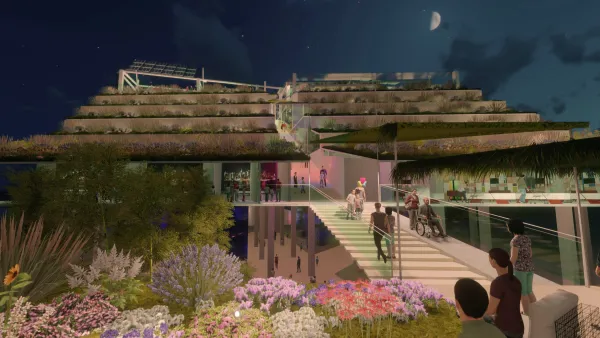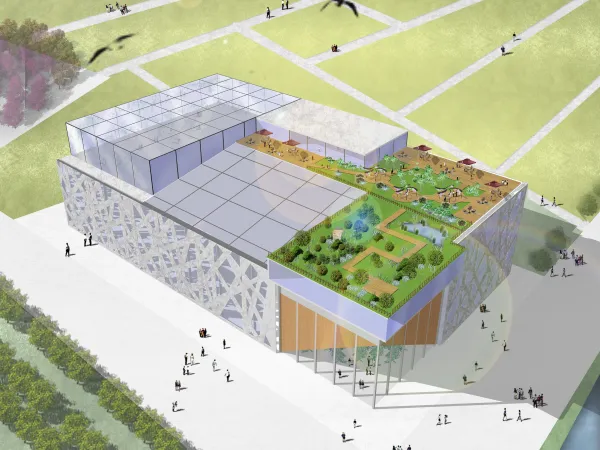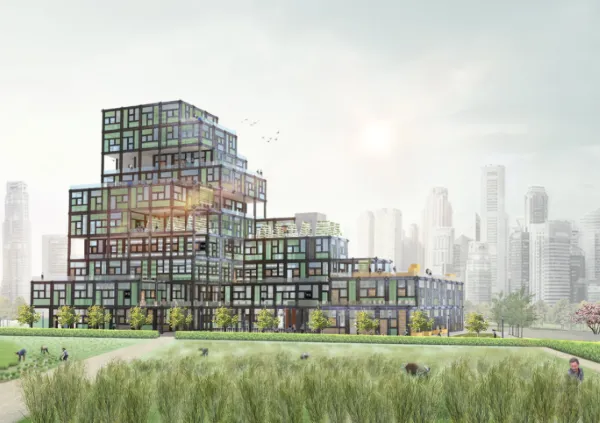The market for fresh produce in China is looking very interesting. With a growing middle class, and safely produced, healthy food being high on the agenda in light of the current pandemic, all the ingredients are there for growth. So it's no surprise that China was chosen as the location for the second Urban Greenhouse Challenge (UGC). Twenty student teams went head to head, planning concepts, combining agriculture and architecture to create some very interesting projects. Yesterday, the ten teams that would go to the final were announced in a webinar, which also offered a glimpse at what the future of urban farming might look like.
"Having a social heart is not enough"
Investing in the emerging urban food sector, which has circularity and sustainability high on the agenda, may require having a 'social heart', as presenter Jan Meijroos put it, but that's not enough, René points out. "You have to earn your money, having a social heart is not enough. In the first two, three, four years, you will lose money, but after that you must get your spin-off."
Scaling up circularity
Speaking of circularity, that's what selection committee members Wenqing Jin (Wageningen Plant Research) and Chris Monaghan (Metabolic) paid special attention to. "Circularity requires a certain amount of water or resources," Wenqing said, noting that scale is actually the biggest challenge in becoming circular. Chris added that the teams in the challenge weren't quite fully circular yet in terms of their concepts, but they had "come a long way", with teams focusing on different ways to achieve that. Chris particularly pointed out the need to reuse nutrients from the wastewater system to feed crops in a modern urban and regional food production system.
Water more valuable than energy
"Circularity is more about the flow of how resources are reused, rather than focusing on the technology", Chris noted. One of those resources that plays a major role in vertical farming right now is energy. However, according to Wenqing, this will change soon enough. "In the future, we will have plenty of electrical energy. At the moment energy is a bottleneck in vertical farming, but I believe that one day, clear water will be more valuable than electricity, so that should become a priority."
Not just tomato towers
Chris then expanded on his thoughts about seeing circularity as a whole system. "Cities will not be resilient for food just by building towers with lettuce or tomato production", he said. "The COVID crisis has emphasized the need for a resilient approach: it's not just about high-tech agriculture."
Inside the mind of a generation
Finally, Sigrid Wertheim-Heck (Aeres University of Applied Science Almere) and Stephan Petermann (MANN) shone their light on the challenge. Sigrid pointed at the blurring that's happening between the rural and urban areas, with cities moving into the rural area and vice versa. As a result, there's a balancing act going on between indoor and outdoor production. Commenting on the entries, she calls the challenge "a unique peek inside the mind of a generation", praising the optimism of the teams. "Not everyone is embracing food, circularity and sustainability right now," but the young team members are a breath of fresh air in this respect.
Ten finalists
Then came the moment everyone had been waiting for: the announcement of the 10 teams that would move on to the finals of the challenge. Rio Pals and Marta Eggers, the organizers of the challenge, discussed how they managed to keep things interesting while it wasn't possible to meet live due to the COVID-19 restrictions. Then Tiffany Tsui took the floor again to address the teams and announce the finalists.
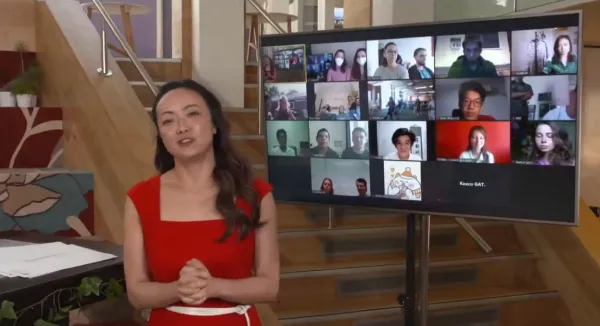
Pictures of the ten winning concepts are sprinkled throughout this article, and you can click through this list to learn more about them:
- Team USP
- Northwest A&F University Team
- KAS
- TeAMSpirit
- Argos
- CoExist
- Team Bagua
- AIGreen
- Green Rhapsody
- InnerCity
In the final phase of the competition, the teams will get intensive pitch training. They'll have to present their ideas in a social media pitch, a video pitch, and a longer, written pitch. "Now the real work starts", as Marta put it.
For more information: WUR Urban Greenhouse Challenge
WUR Urban Greenhouse Challenge
studentchallenges@wur.nl
urbangreenhousechallenge.nl

